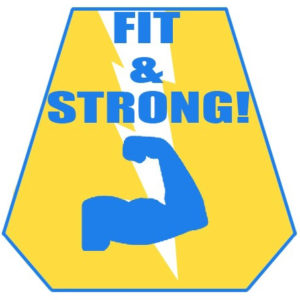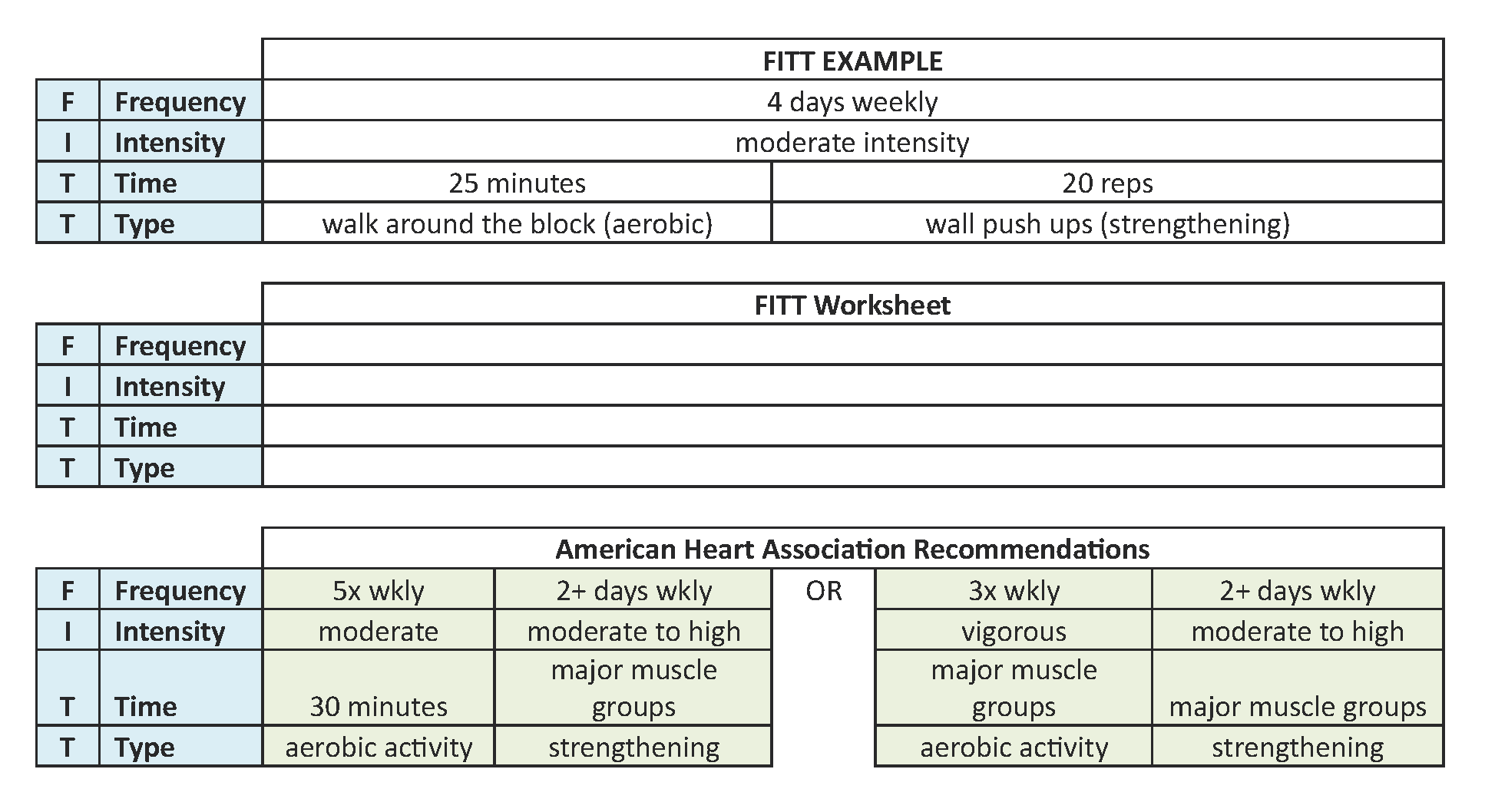With the beautiful Summer and Fall weather behind us, we are now into the busy holiday season. Normal daily routines may get shifted, time may be limited, and you may fall out of your regular pattern. During this busy time of year, keeping fit is just as important as any other time of year. In fact, during the holidays, you may consume significantly greater amounts of calories, so balancing out these calories with activity is a great way to avoid any unwanted weight gain.
Tips to avoid the holiday fitness pitfalls:
- Avoid using the “cold weather” as an excuse to not be active. Wear appropriate clothing and follow the information presented in the SDSU Extension article Physical Activity & Cold Weather to stay safe. Be mindful of dangerous weather conditions or extreme cold temperatures and move your workout inside if needed.
- If you will be traveling long hours during the holidays, pack resistance bands, small weights, or a jump rope to incorporate activity into your travel plans. If you have layover time in the airport, use this time to walk around the airport.
- It is very likely that your daily routine is shaken up a little with busy holiday plans. If so, plan ahead for this change. This means you may have to do your normal 30 minute walk in the morning or evening, instead of over lunch, or maybe you will have to break up your 30 minute session into three 10 minute sessions throughout the day.
- If you do not have a family tradition during this time of year, consider starting a family walk, family relay, or a sledding event for everyone to participate in!
- If you can’t seem to work out alone, find a family member or friend to be your “fitness buddy” during the holiday season. Working out with a friend or in a group will mean someone is counting on you!
- Squeeze in activity as much as possible, every bit counts. Walk a little faster while getting groceries for your holiday meals, squeeze in a morning walk before the busy day begins, or do squats or balance on one foot while cooking.
Many of us look forward to this time of year for different reasons, whether it is family, friends, good food, presents, or yearly traditions. It is important to use the holidays for some relaxation, but remember that physical activity can be a great way to do this, especially with your loved ones. Avoid using the holidays as an excuse to not be active, they offer the perfect opportunity to do just the opposite!
See more at SDSU Extension




